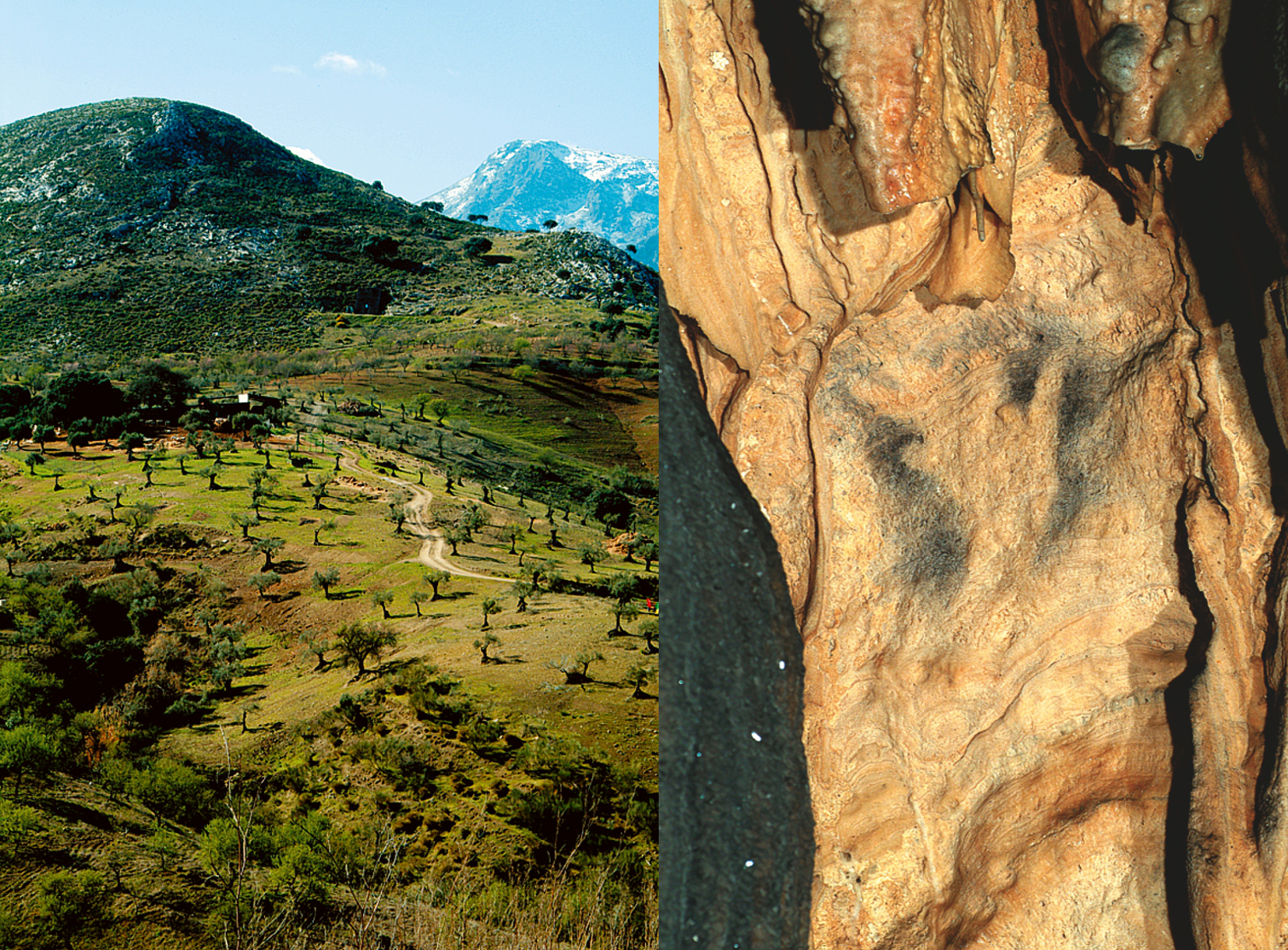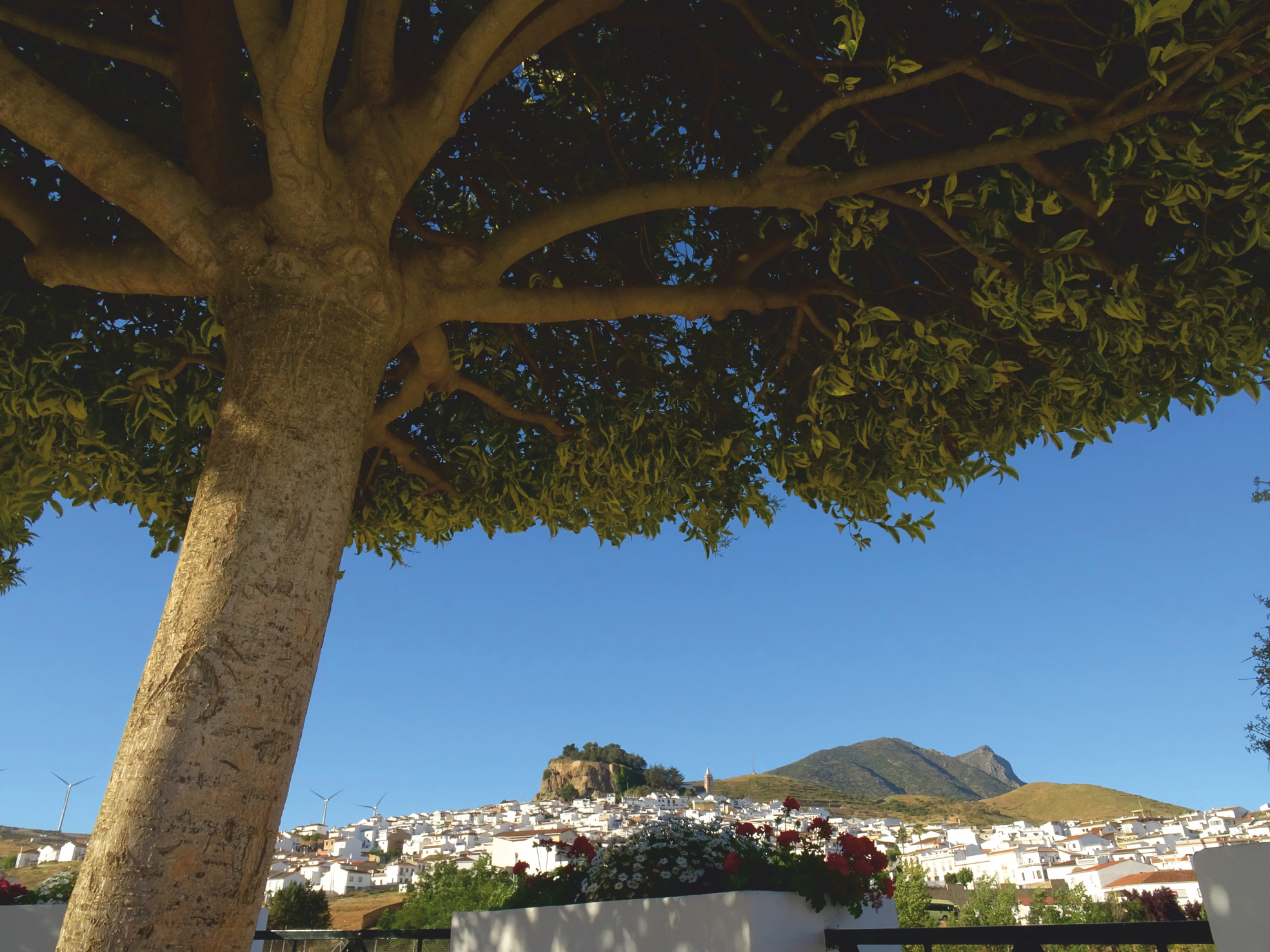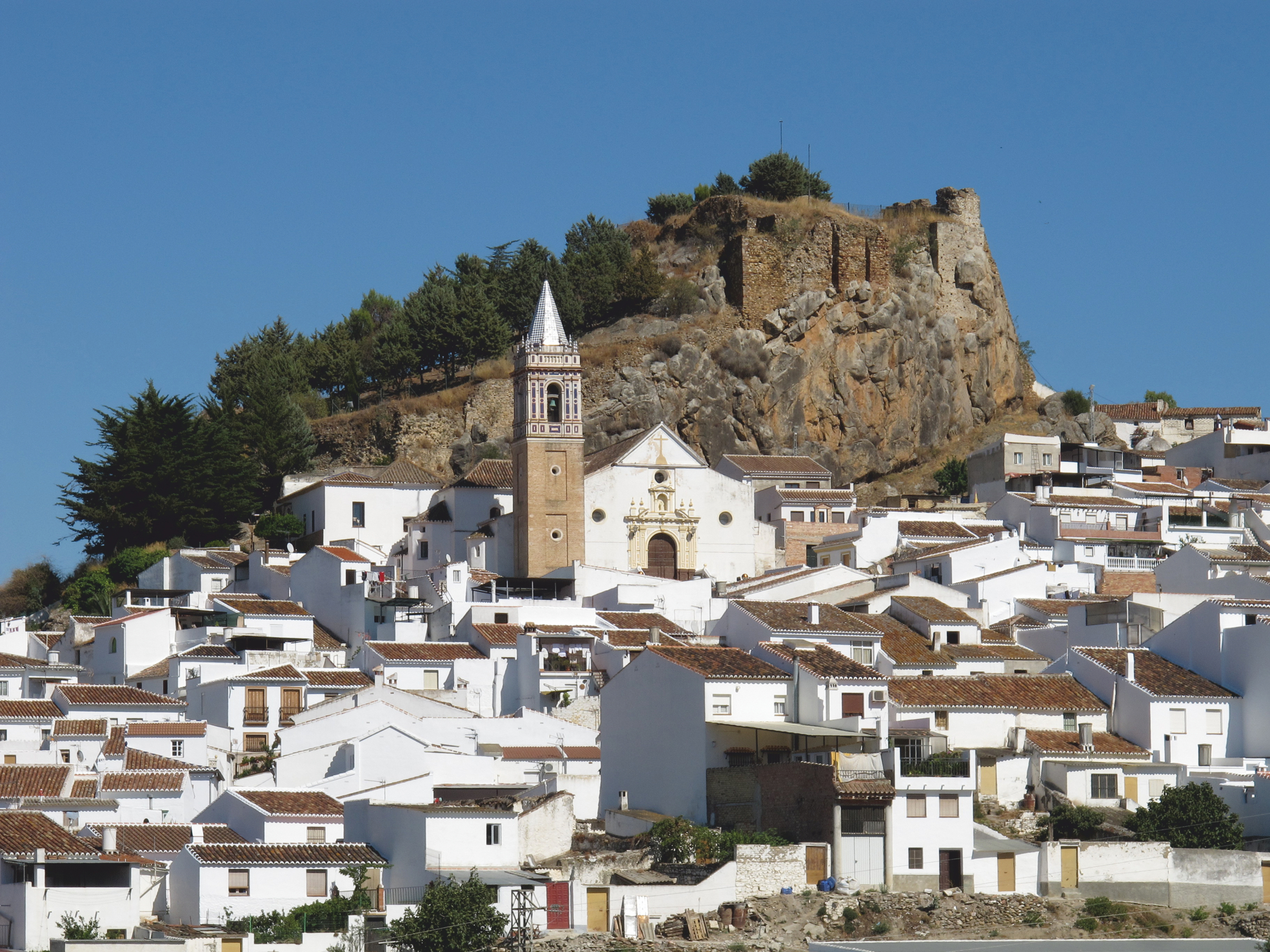Type of site:
Cave
Place of location: Municipal Museum, Ardales Town Hall, Municipal Tourism Department: Plaza de la Constitución 1, 29550, Ardales, Málaga. The cave is 2km from the town of Ardales. After a brief our round the Visitors Centre/Museum near the entrance to the town, vehicles and the guide drive along the road and track to the car park near the cave. The cave is only open to visitors who have booked, the rest of the time it remains closed. A strong gate and protective structure impede the entry of visitors without a guide.
Village/Town: Ardales
Municipality: Ardales (Málaga)
Region: Andalucía
State: Spain
Telephone: (+34) 952 458 087
Website: http://www.cuevadeardales.com/
E-mail: ayuntamiento@ardales.es
Natural Environment:
Natural park of Ardales. Reservoirs of El Chorro (la Encantada), Conde de Guadalhorce and Guadalteba. Los Gaintanes Gorge – Caminito del Rey
Archaeological evidences in the site:
The cave is 1577 m long, following a NE-SW direction, with two inter-connected levels. The cave reaches a height of 7m above the entrance and a depth of 28m below it. It now has a single entrance at 565m above sea level, near La Calinoria Farm, and it is formed in Triassic marble limestone. Inside the entrance gate, the cave consists of several chambers, most of which can be visited, apart from areas which are delicate in terms of their access and conservation. The chambers in the cave are: Sala del Saco: the area with evidence of the prehistoric occupation of the cave. Sala de las Estrellas: the ceiling is over 20m high. It contains large columns, and evidence of prehistoric burials older than the Chalcolithic period. Galería del Calvario or of the Engravings: It contains most of the Palaeolithic rock art. Sala del Lago and Galería del Arquero: It is a small side-chamber with seasonal pools or gours, and Post-Palaeolithic paintings. Sala de los Laberintos: The technical difficulties mean this chamber cannot be visited, despite the beauty of its formations. High or New Galleries: A series of passages above Los Laberintos, discovered in 1981. Because of the difficulties of access and delicate archaeology, it cannot be visited.





















